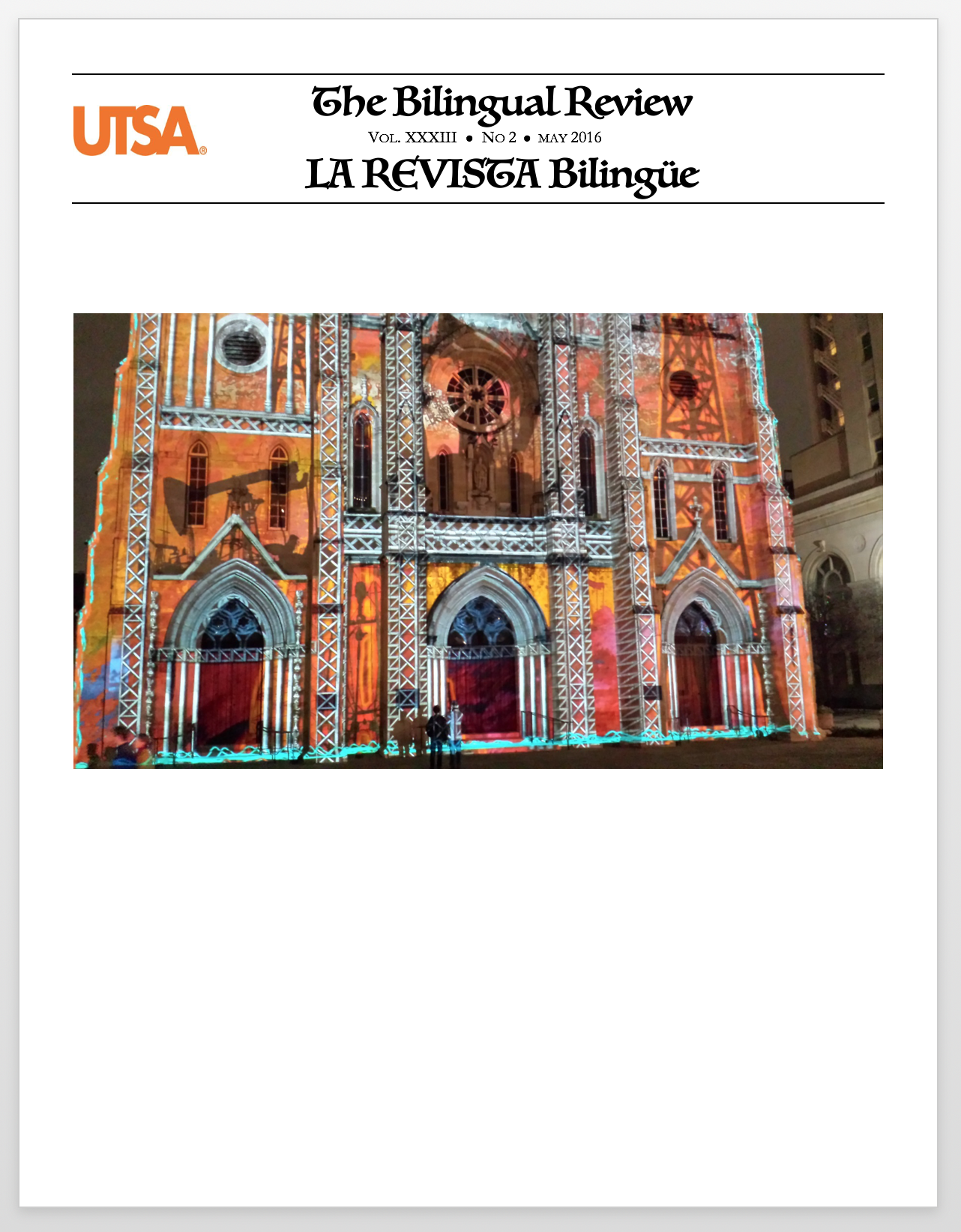Seeing Monstrosity in Mariano Azuela's Los de abajo
Abstract
In this essay, Raymond Williams’ concept of residual culture, first elaborated in Marxism and Literature (1977), is used to analyze Mariano Azuela’s masterpiece from 1915, Los de abajo. According to Williams, ‘residual culture’ consists of the meanings, values, and social practices that were engendered and cultivated at a time predating a text’s creation. In the case of Los de abajo, I argue that Azuela employs well-worn rhetorical strategies that were most notably promoted in the Mexico of Porfirio Díaz (1876-1911). Thus, Los de abajo defames the nascent Mexican Revolution vis-à-vis scientific discourses: pathology—the study of the causes and effects of diseases—along with teratology, the study of anatomical abnormalities or monsters. In sum, Azuela’s novel characterizes the 1910 Revolution as a contagion, a product of diseased thought and deformed ideas.






